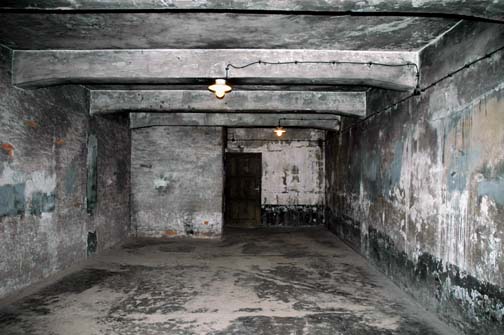Wolf Murmelstein, one of the regular readers of my blog, has offered a subject for discussion. I am astounded at the knowledge of history, shown by the readers of my blog in the comments section, so I am looking forward to the comments on the following essay, written by Wolf Murmelstein:
To furtherglory, Hermie and other readers of this blog:
In various comments here, the question about the post World War II and Holocaust trials has been brought up, so I am answering all of them here.
From personal experience and from historical research, I admit that some of those trials were driven by political rivalries for positions or interest to prevent some really informed person from giving evidence concerning many wrong doings and enunciations by careless talk, appropriations of Jewish owned assets, etc. which occurred during World II and the Holocaust.
Another chapter refers to the interest of the Communist parties to weaken the middle class in the countries where they rose into power, so said by Clement Gottwald on April 10, 1945 in a speech to party activists at Kosice.
At Theresienstadt that day, we were still in danger of being killed in a mass shooting.
So, in the East, as well as in the West, the Communist parties enlisted former Nazis and Fascists, and many of them were able to avoid trial for their wrongdoing, as long as they obeyed party orders.
When there had not been any political interest, many accusations leading to Judiciary investigations had been found baseless and due to hysteria and the persecution complex of traumatized persons. Stating this, the judge could avoid starting procedures for slander.
In many trials, the statements of the defendants would have been precious historical documents.
I am quoting from memory, but I could find many other examples:
1. Herr Groening had been employed in sorting the money and jewels of the victims. In this way, he avoided being sent to the battlefront in the East.
2 . Herr Demjanjuk stated in a Munich court that he had had a choice: Enlisting in the SS auxiliaries or starving.
3. In the Auschwitz trial, it had been stated by a defendant that selection started only after the train with the police escort had left the station; this was clearly done for better secrecy.
At Nuremberg, Papen was acquitted by a German court for his high responsibilities for the Nazi rise to power.
This subject deserves better analysis and research, so I hope that this essay will generate some discussion.






























